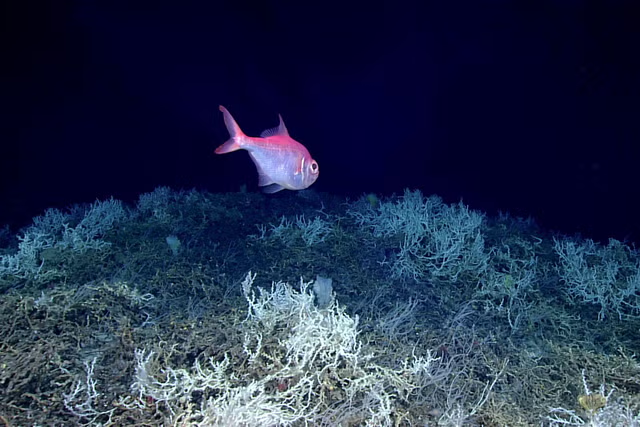A California town is being infested by fierce, potentially lethal fire ants which can inflict extremely painful stings and leave agonizing pustules on the skin.
These ants, described by Santa Barbara County officials as "highly aggressive," have rapidly spread across the area of Montecito on the outskirts of Santa Barbara.
The Red Imported Fire Ant (RIFA) is "capable of biting and stinging humans, pets and livestock, typically in defense of their nest/colony. The venom from RIFA can cause painful pustules on the skin, and can be particularly dangerous, even fatal, to sensitive groups or those with an allergy to the venom," Santa Barbara County said.
As well as the incredibly painful stings, RIFA, or Solenopsis invicta, can cause costly damage to crops including soybeans, eggplant, and corn.
"The infestation is believed to have originated from the importation of RIFA-infested nursery stock shipped from Riverside County in September 2023," Santa Barbara County officials added in its statement on July 18.
RIFA, is a species of ant native to South America but now found in various regions worldwide, particularly in southern U.S. states.
These ants build mound-like nests in open areas such as lawns, parks, pastures, and cultivated fields. They are known to turn nasty when their nests are disturbed, delivering their stings that result in burning and itching sensations.
The venom is composed of alkaloids, primarily solenopsins, which cause the intense pain when bitten by one of the ants. The sting initially causes a sharp, burning pain, often described as feeling like a burn.
Within 24 hours, the sting site typically develops a red, swollen bump that forms into a blister or pustule, which can last for several days. More severe allergic reactions, such as hives, swelling of the face or throat, difficulty breathing, dizziness, and anaphylaxis, can occur in sensitive individuals.
RIFA are also a major issue due to their tendency to damage crops and farm equipment, clogging irrigation lines and short-circuiting electrical systems, as well as harming livestock.
They may also outcompete native ant species, disrupting local ecosystems. Their predation on ground-nesting birds, reptiles, and mammals can also lead to significant ecological imbalances.
In Texas, over $1 billion is spent every year on pesticides for fire ant control, much of which is used on lawns in urban areas.
"These ants pose an immediate threat to California's agricultural economy because they require a quarantine of nursery products. The quarantine is to prevent the ants from being accidentally shipped in potting soil to new areas," Santa Barbara County said.
"There are currently no RIFA quarantines in Santa Barbara County and this is the only known infestation in the County. Nursery products are a large part of Santa Barbara County's agricultural economy, ranking second in value (below strawberries) in the 2023 Santa Barbara County Crop and Livestock Report at $122,301,000."
Pesticides, including baits and mound treatments, are commonly used to control RIFA populations. Santa Barbara County is investigating the infested properties alongside pest control professionals.
"Office staff are conducting regular surveys of the property impacted with oversight and collaboration from the California Department of Food and Agriculture, the University of California Cooperative Extension (UCCE), and Riverside County Agricultural Commissioner's Office staff," they said.
Do you have a tip on a science story that Newsweek should be covering? Do you have a question about ants? Let us know via science@newsweek.com.
Disclaimer: The copyright of this article belongs to the original author. Reposting this article is solely for the purpose of information dissemination and does not constitute any investment advice. If there is any infringement, please contact us immediately. We will make corrections or deletions as necessary. Thank you.



